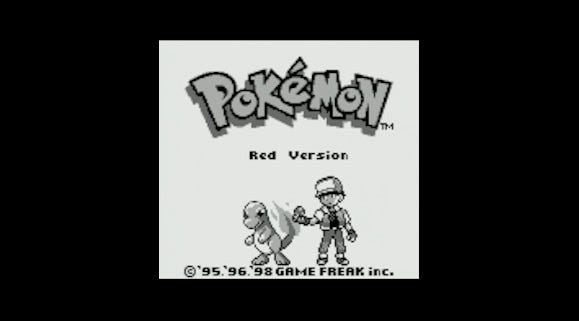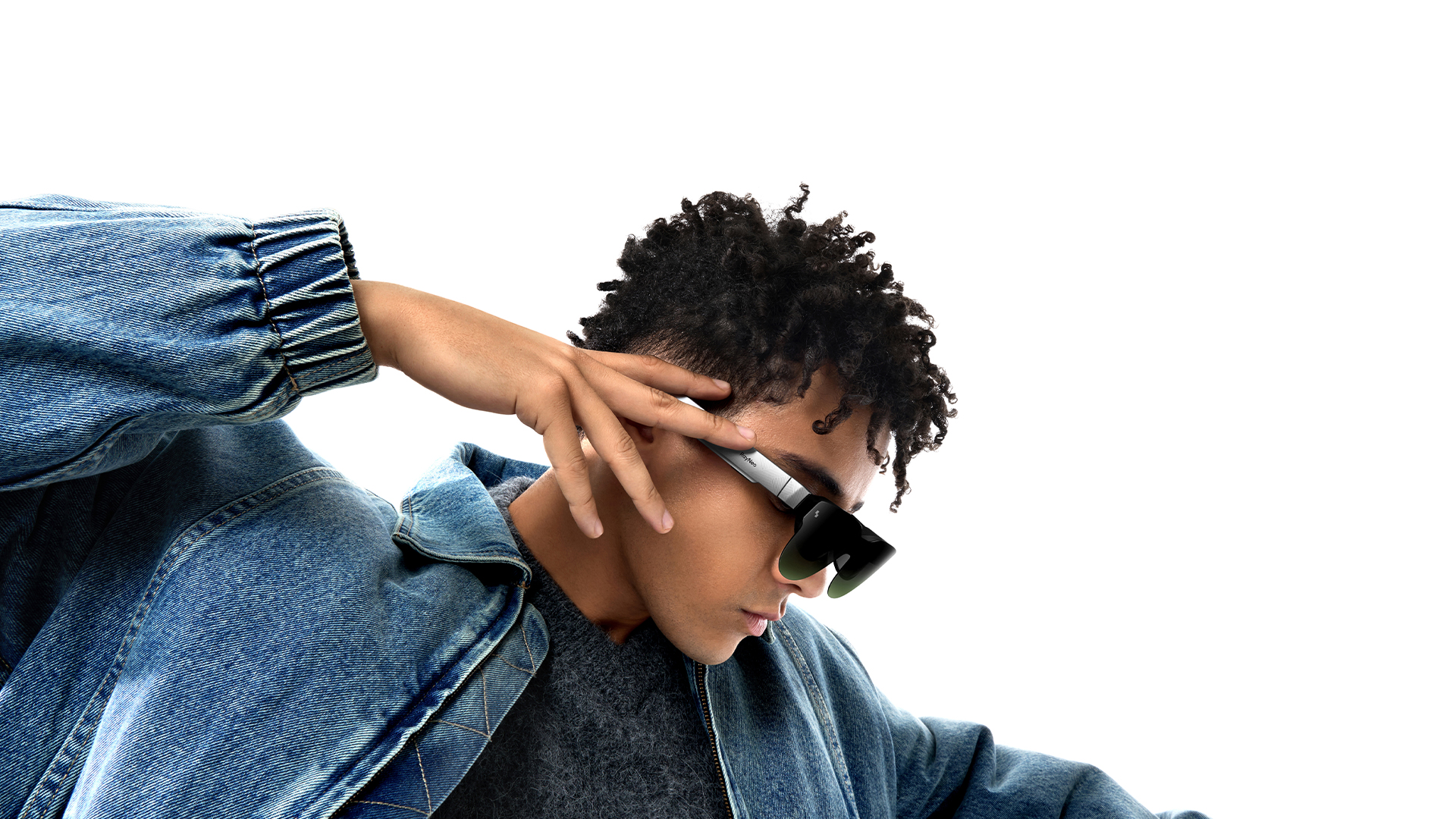
UXDESIGN.CC
A content design approach for connecting with Gen Z
Its not about the words as much as designing for theirvalues.Photo by David Sager onUnsplashGen Z is redefining onlinedating.I was recently interviewing for a role at one of the big dating apps. Throughout the process, I was asked how I would write to resonate with Gen Z. Id read up on the company and the industry and I knew it was a big concern. Gen Z is frustrated with dating apps and shifting their usage. As the biggest generation and one that includes ages 18 to 28, its a critical audience for dating apps. But there are big challenges to overcome.First, there are the declining marriage and fertility rates worldwide. Then, theres the political divide in the U.S. which has made it harder for men and women to connect. Gen Z is less worried than previous generations about being single and theyre pickier. They want to align with potential partners on a lot of issues before they even meet. Theyre risk averse and have really high standards. Those who use dating apps feel that the quality interactions arent there, or that people arent as committed, so they get tired of looking and give up. At the same time, theres a renewed interest in meeting people in person through hobbies and activities. (The one bright light ofhope!)So how can content design help? Given Gen Zs complicated relationship with dating, maybe the offering also needs tochange.My approach has always been to ask how people are secretly hoping this experience will change their lives. I say secretly because these arent always things people are aware of or would admit to other people. We all go about our lives hoping certain things will happen but also worrying about other things happening. The gap between those things seems particularly large with Gen Z, which means a transformation needs tohappen.The transformation gap that content design can helpbridgeMost transformations happen over time, moment by moment. If Im going to help a dating app create some of those moments, I need to know what people want, show them its possible, and take steps to deliver it. I do that by first uncovering the universal truths that inform their expectations. Then I find out what they value and what theyre concerned about. Then align every experience with those values. For Gen Z especially, it also must be inclusive to everyone. The days of designing for the average user areover.And in the dawn of an AI revolution, why not consider and explore something totally different? These same principles can be used to imagine fresh ways to meet their needs and exceed their expectations.Were all humanbeings.My number one rule of content design is to respect the humanity of my audience. Gen Z, like every other generation, are human beings first. Life experiencessuch as growing up, making a living, and falling in loveare universal. All generations have hopes, overcome challenges, raise children, and face death. Gen Z might have a unique view and experience of these events, and thats the first place tostart.We crave experiences that are profoundly human, genuine, and trustworthy. Were delighted when apps are smart or predictive and know what we want. We love when they integrate into our lives and feel like an extension of what were already thinking or doing. And when they manage to convey the warmth, humor, and realness of a good interaction, we becomefans.I like to think of every UX interaction like helping a good friend in a time of need. Listen when they need to be heard, ask questions when they need help figuring things out, smile and make them laugh when they need cheeringup.I focus on theTruth.In my screenwriting program at UCLA, we were encouraged to write the Truth (with a big T). Lets say youre watching a TV show. Jim and Phil are leaving a Super Bowl party and Jim says his wife died in a car crash on Super Bowl Sunday. She was killed by a drunk driver who eventually went to prison. We got all the relevant info but it doesnt convey how Jim isfeeling.What if Jim and Phil are leaving the same party and we see that Phil has had too much to drink. Phil tries to get behind the wheel of his car to drive home and Jim flies into a rage. Theyre both shocked by his reaction and Jim breaks down and shares how guilty he feels that he wasnt with his wife that day. Its not about the details of what happened, its about the emotional truth behindit.What are the universal truths of dating that transcend age, culture, or religion? Love, connection, safety, and belongingthese are things a dating app should strive to provide. But we also need to address their oppositesloneliness, loss, fear, and anxiety. But its a delicate balance. Can I people find love and connection while dispelling their fears andanxiety?A comparison of using Venmo and Zelle to send money to afriendI look at every experience through that lens to make sure the app is telling the truth. Is there an illusion of safety, or actual safety? Is there a promise of love, or real love? How can I create true connection and foster belonging? What features, interactions, and communications will support those goals? Which ones will detract from it? If I know the core needs of people using an app, I can prioritize those above smaller more granularneeds.Uploading photos, for example, is a critical step to using a dating app. But what concerns might people have? Could uploading photos compromise their safety? Could it make them feel judged, instead of belonging? Could it diminish their chances of finding love? If so, I need to address those realities and think about other paths tosuccess.Its crucial to understand the emotional needs and concerns of an audience and how they think. Then we can find the best ways to fulfill thoseneeds.Most apps areglobal.If an app is available in 140 countries and 60 languages, it needs to be usable by people in a myriad of cultures. Gen Z is only one way to segment an audience, and it may not be as relevant in some places as privacy, safety, or religion.What we say is infinitely more important than how, when it comes to global audiences. I ask myself what questions or concerns people might have. What do they need to know right now? What can I save for later? What shouldnt I save because it would compromise trust, safety, or comprehension? What should I leave out because it raises more questions than it answers? I look for potential dangers or traps that people could fall into and avoid them. Then I ask customer experience to write or add to an article to help people if Ifail.Inclusivity means making sure everyone, regardless of abilities or situation, can access and use the app. Everyone should feel that the app is for them or can easily be tailored to their specific situation. Gen Z has a much bigger awareness of and appreciation for inclusive experiences than previous generations. Even if they dont personally need or use a feature, theyll applaud you for including people. For a consumer app, it could mean designing for a lower level of tech savviness or accessibilityespecially in emerging markets. It might mean providing an offline version so people can keep using it on the subway. Or adding settings to increase font sizes, turn off sounds, or control who seeswhat.Its a big generation.The dating life of an 18-year-old is quite different from a 28-year-old. One is beginning their life as an adult. They dont know what they want yet and arent looking for a serious relationship. The other will have more experience and could be deciding whether to get married or have children. Or they might already have kids, be divorced, and are getting back out there. Are they men, women, straight, gay, bi, cis, trans? Theres a range of needs and emotions to designfor.What they likely have in common are their values. How they see the world and how that view differs from previous generations. From my own observations, Gen Z values transparency, inclusion, and social responsibility. Theyre digital natives whove grown up on social media. What their peers think is important, and their peer group extends beyond friends to influencers on TikTok, YouTube, and Twitch. Their community is global. It includes content creators, influencers, and celebrities who speak out on the issues theyre concerned aboutlike climate change and mentalhealth.Gen Zs global values | GfK Consumer Life, February2023I can use Chat GPT to find out that Gen Z values authenticity, diversity, and creativity. Theyre concerned about work-life balance and financial stability. They embrace technology but worry about screen fatigue and privacy. And they really want to make meaningful connections.If the company making the dating app values those things too, were miles ahead. But its not enough to just say it, those values must be prioritized in the user experience. From my own experiences in tech companies, I know theres often a constant tension between what the company wants and what customers want. When companies put making money above the needs of their customer, they eventually lose those customers. But if you actually change their lives for the better, they will happilypay.Be one with theforce.Values arent constant. Theyre variable and contextual, and not always predictable. To be confident that I can address any situation, I need to understand and feel what my audience is feeling. That means spending time in their mindset. Ill read articles and books, spend time on apps they value, and stay up to date on the trends, conversations, and issues that matter. Ill spend as much time with my audience in person as I canwhether in user testing, focus groups, or the wild. Most importantly, Ill stay curious and open to new information.When working for Dropbox, Facebook, and eBay, I met people all the time who wanted to talk about features I was working on. A few minutes after meeting them, theyd tell me everything about their experiencesgood and bad. Theres nothing like hearing unsolicited feedback from real people! Its timelier and more relevant than any research or journalism on thetopic.Solicited feedback works as well. When I wrote for college students at Chegg, I often conducted tone tests on sensitive topics and tried different approaches and language. I always learned new things about how they thought and felt by hearing their reactions to words Idwritten.Values drive interactions.When connecting with Gen Z, its not about using their slang or referencing popular culturethough that can be fun in moderation. Its about understanding their motivations and concerns, to design meaningful interactions. The words I choose are in service of that. Theyre packed with as much authenticity, humanity, and value as I canprovide.Just as important as language is how the app behaves. The features we choose should be informed by our audiences values and meet their expectations. Keep in mind that people live online and offline, and every interaction they have creates expectations.From what I know so far, Ill prioritize things like direct, real-time feedback, suggestions, and notifications. Ill brainstorm interactive features that let them be creative and express themselves, while enriching their experience. Ill find ways to personalize the experience, so they get exactly what theyre looking for. Ill look for opportunities to instill a belonging and community. Ill focus their time on quality over quantity. Ill build in options to connect on the issues and voices that matter to them. Then Ill add acknowledgment, assurances, and celebration in all the rightplaces.Ask the hard questions.We know Gen Z is pickier, prone to slow dating, and more concerned with their well-being than being coupled up. But they still want meaningful connections. Are dating apps meeting their needs? If not, how should they evolve? Maybe we should think beyond photos as the primary means of attraction. Can we use AI to help mimic how people connect in real life? Is there a way to make it feel less transactional and more organic? Can it be more fun? Can we remove the anxiety? If success is measured by coupling, its statistically doomed to mostly fail. What if the primary outcome is self-discovery, learning who we are, and becoming a better, happierperson?Challenging basic assumptions and asking hard questions is the most important part of product design. We cant be afraid to do it. It helps us focus on what matters. It prevents us from launching features that not only fail to connect but alienate our audience. It opens the door to new ideas and directions.To sum it up, its aboutvalues.Connecting with Gen Z means getting a deep understanding of their values, experiences, and expectations. Its about more than following trends or using cultural references. Its about addressing real needs in a way that aligns with whats important tothem.I focus on universal human truths through their perspective and ask the hard question: Am I creating experiences that will changelives?A content design approach for connecting with Gen Z was originally published in UX Collective on Medium, where people are continuing the conversation by highlighting and responding to this story.
0 Comentários
0 Compartilhamentos
0 Anterior













